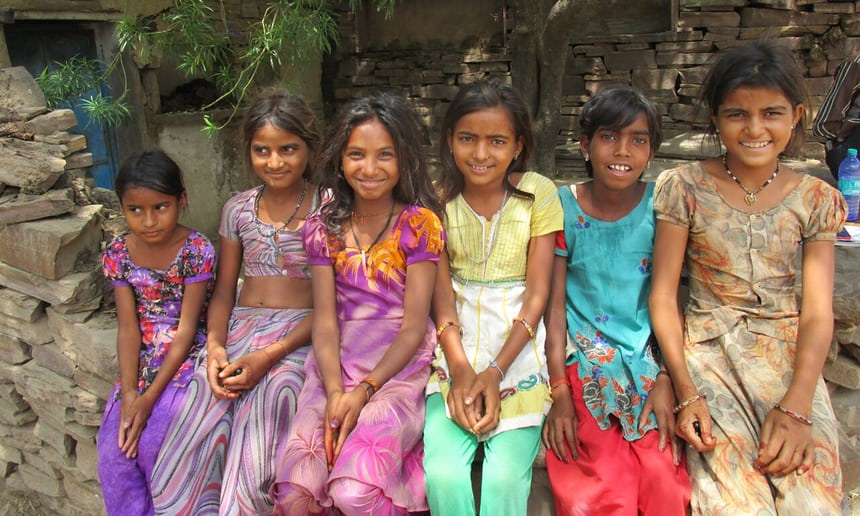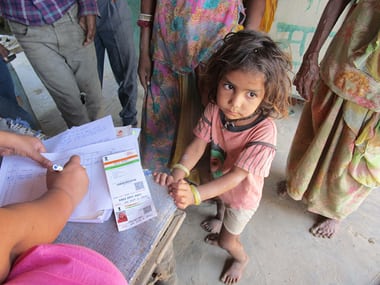Helping get more girls into schools
A new financial bond is helping us get more girls into schools in India

In a remote region of Rajasthan in northern India, an experiment in a new form of development financing is under way. For the past year, my organisation, Educate Girls, has been running a programme to enrol more girls in school and improve children’s literacy and numeracy, backed by a development impact bond (DIB).
This new financing instrument, with its focus on payment based on results, is a hot topic in development circles. There are a reported 30 DIBs under discussion, but only two have gone into operation and there is little evidence so far to show how they work.
That’s why we are releasing the first-year results from the world’s first impact bond in primary education – the Educate Girls DIB. Our bond aims to improve education access and quality for 15,000 children, in a timespan of three years. To succeed we must meet a set of specific targets on the number of girls we enrol into school and the progress our children make in English, Hindi and maths.
To get this pilot programme off the ground, we received funding from ECB Foundation. On completion of the programme, the investor is repaid by the “outcome payer”, in this case the Children’s Investment Fund Foundation. Of the total outcome payment, 80% has been assigned to learning and 20% to enrolment. The financial returns depend on the success rate of the intervention. Interest of up to 15% will be paid if we reach our target outcomes.

So far, the signs are encouraging. Our first-year results have been rigorously analysed by an independent evaluator. They show that ECB Foundation has already recouped 40% of its investment, with two years of the programme still to run. Educate Girls has enrolled 44% of the girls we identified as being out of school across 140 target villages and achieved 23% of our target learning improvements.
One of the most positive effects has been how the DIB model has helped us understand what works. Putting data about learning levels or enrolment in the hands of our staff means they start reflecting on what is and isn’t working. They are now more involved in detailed planning and are empowered to innovate.
One year in, and it feels like we have been working under a microscope. This has been the toughest thing we have done to date. Not only have we had to improve the way we gather data and measure our performance but we are working alongside a third party, which is validating everything we do.
Paying such close attention to end results means we are acutely aware of obstacles, and we can correct things quickly if needed.
For example, halfway through the delivery of the curriculum, data showed that the girls were falling behind in English. Investigations revealed that some of our teachers were uneasy about their own ability in English and were struggling with lesson plans. We took immediate action to give them more support, and the girls’ learning accelerated.
From the outset, we were interested in the bond’s potential to draw in the funding needed to tackle the deep-seated inequality faced by millions of girls in India, which has the world’s largest number of out-of-school girls and the highest number of child marriages.
We were also convinced that by putting our work under intense scrutiny and tying funding to outcomes, we would be able to demonstrate that we can deliver quality at scale. When you put a payment trigger on enrolment or learning improvements, you feel accountable to every child. You have to deliver quality to every child, and programmes cannot be diluted as they grow.
We hope the DIB can catalyse new forms of capital to help achieve the sustainable development goals, but it is too early to say. We are convinced that this type of funding can improve upon existing payment-by-results approaches and the way development funding is deployed. It is already bringing increased rigour to everything we do and feeding into our other work in more than 12,000 schools.
The task at hand now is to deliver the final two years of our programme, while at the same time sharing the lessons we have learned as pioneers. We have high hopes for DIBs – that they will offer a real solution to some of the world’s most complex problems by enabling quality services and programmes at scale.
